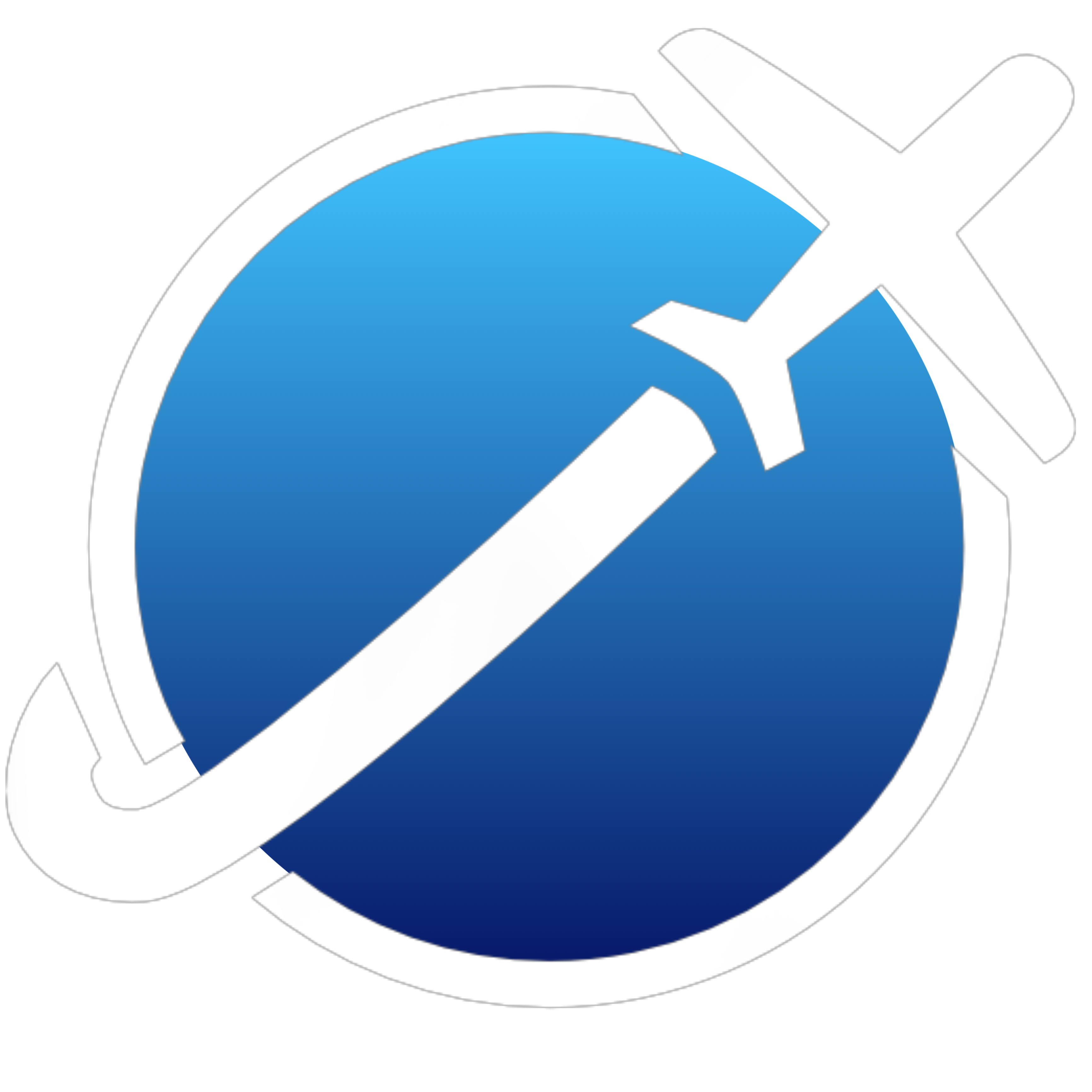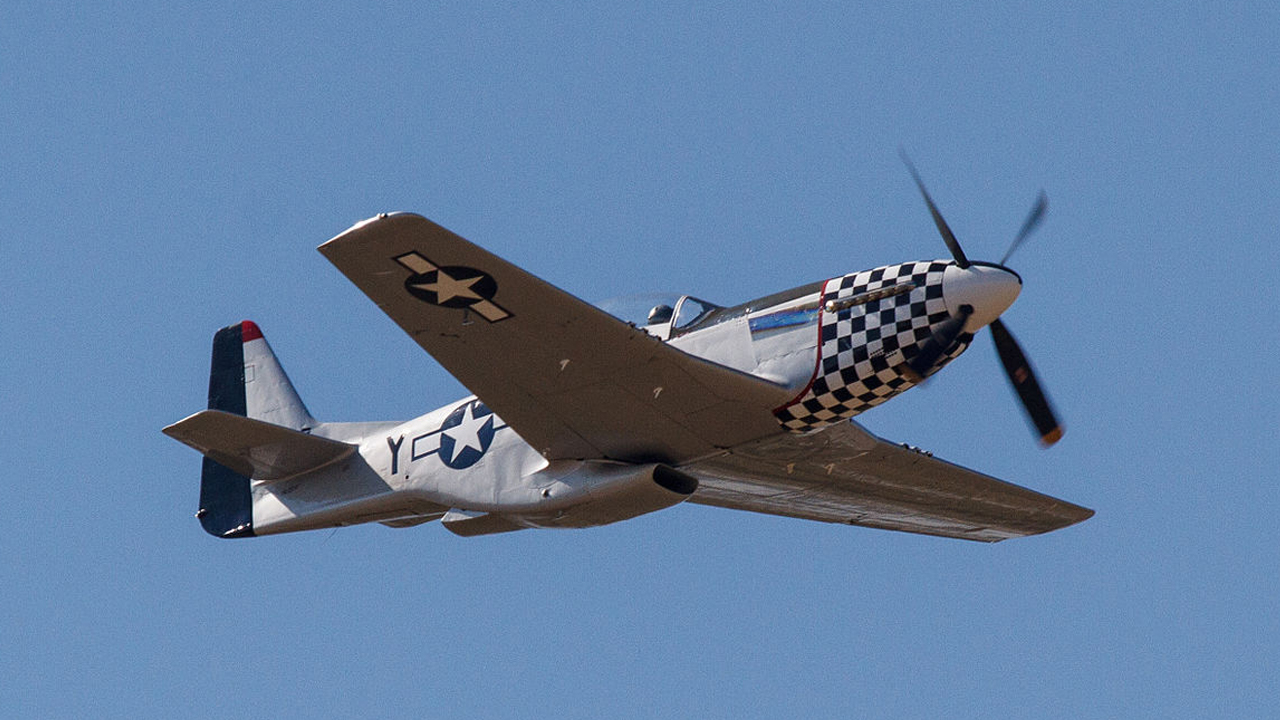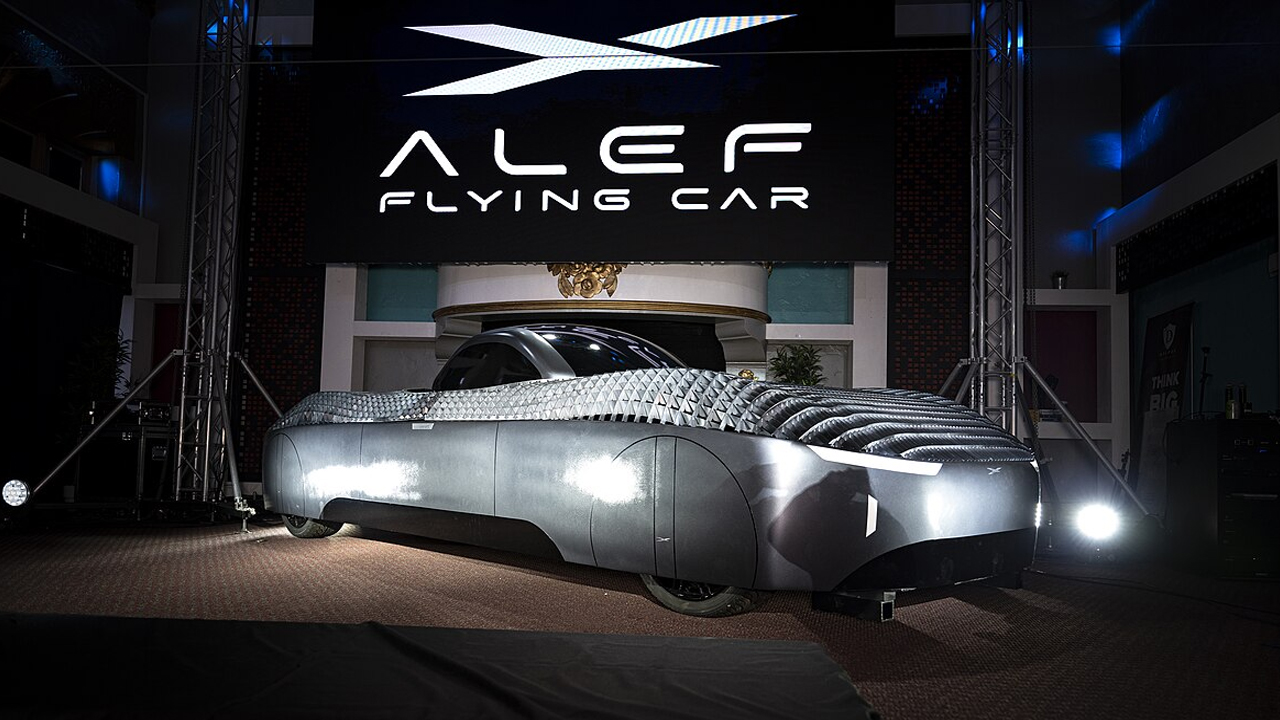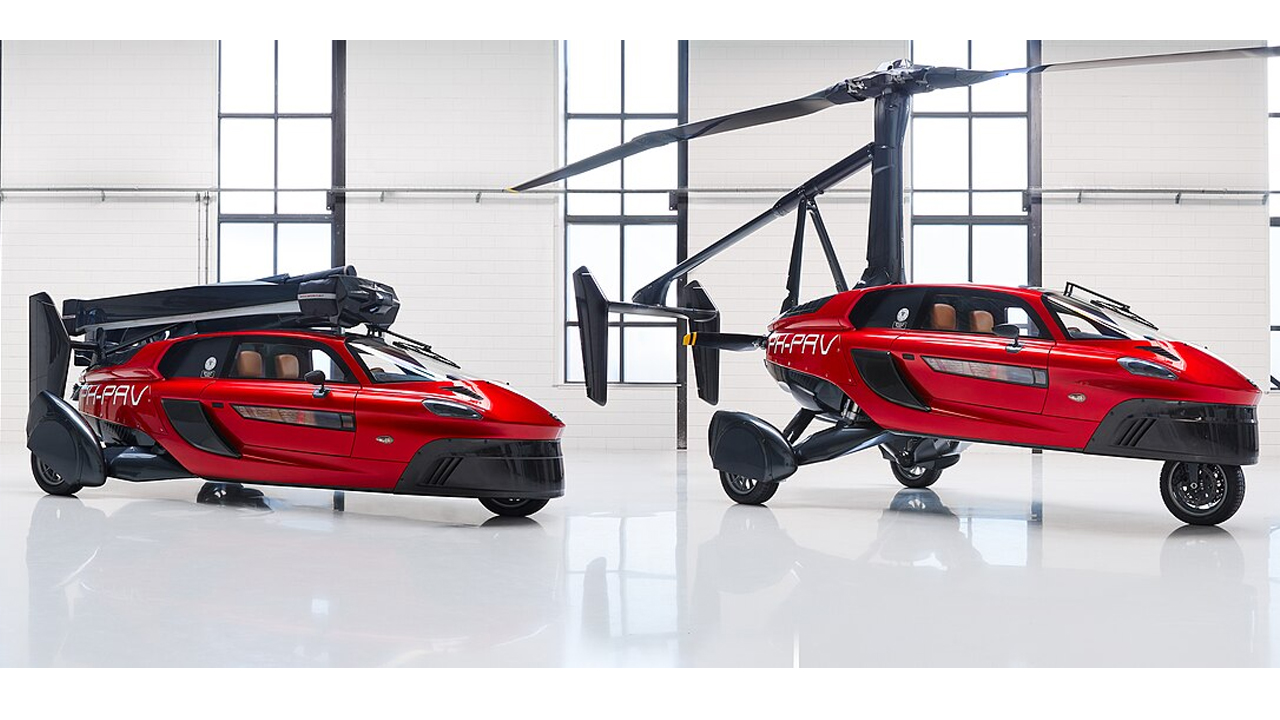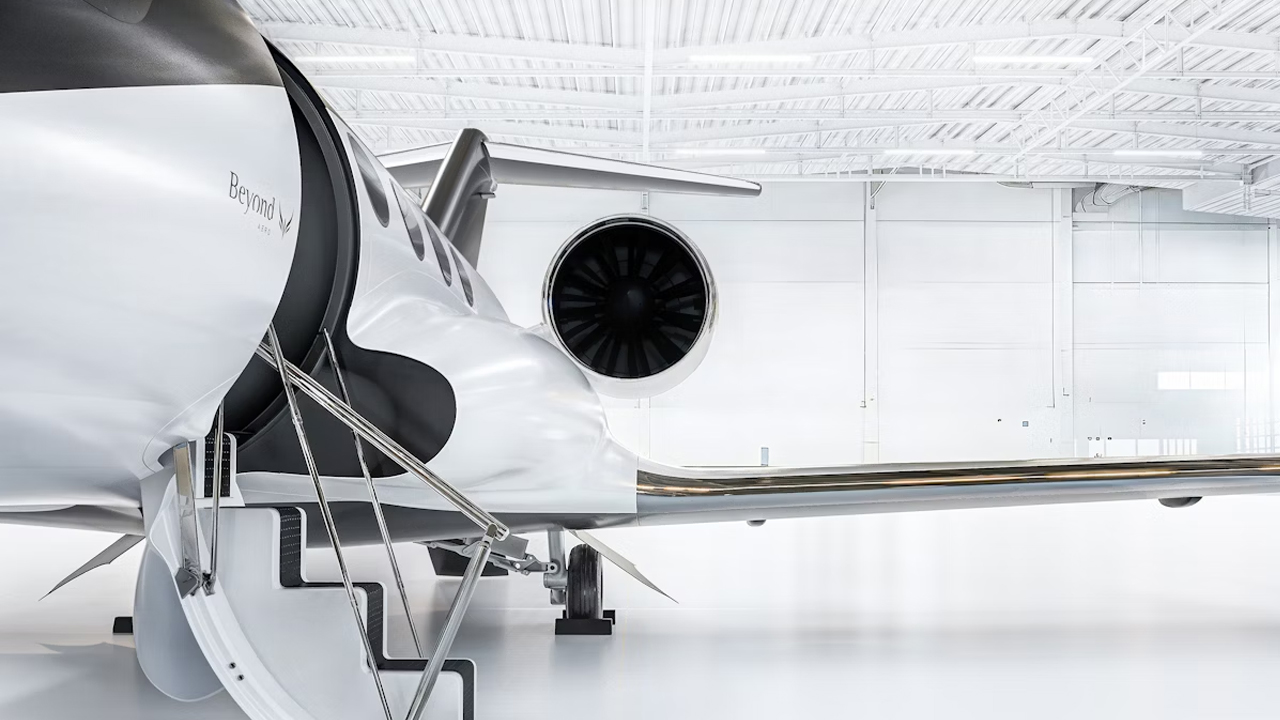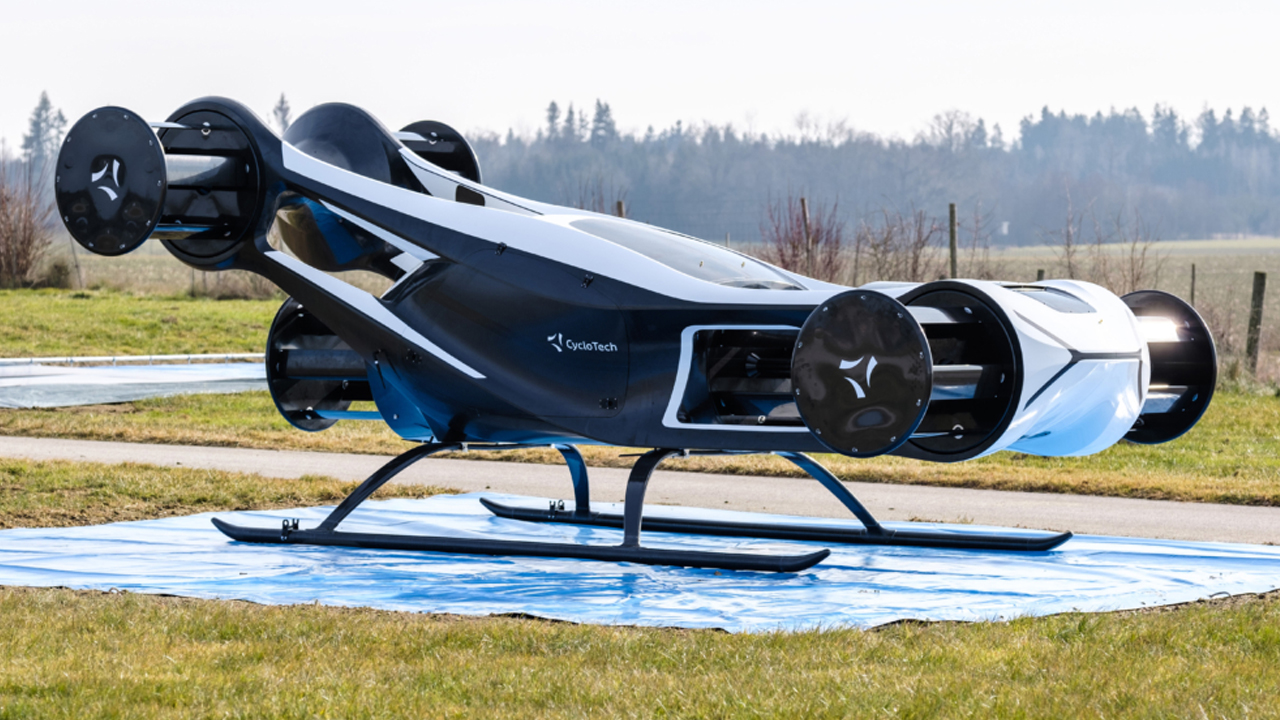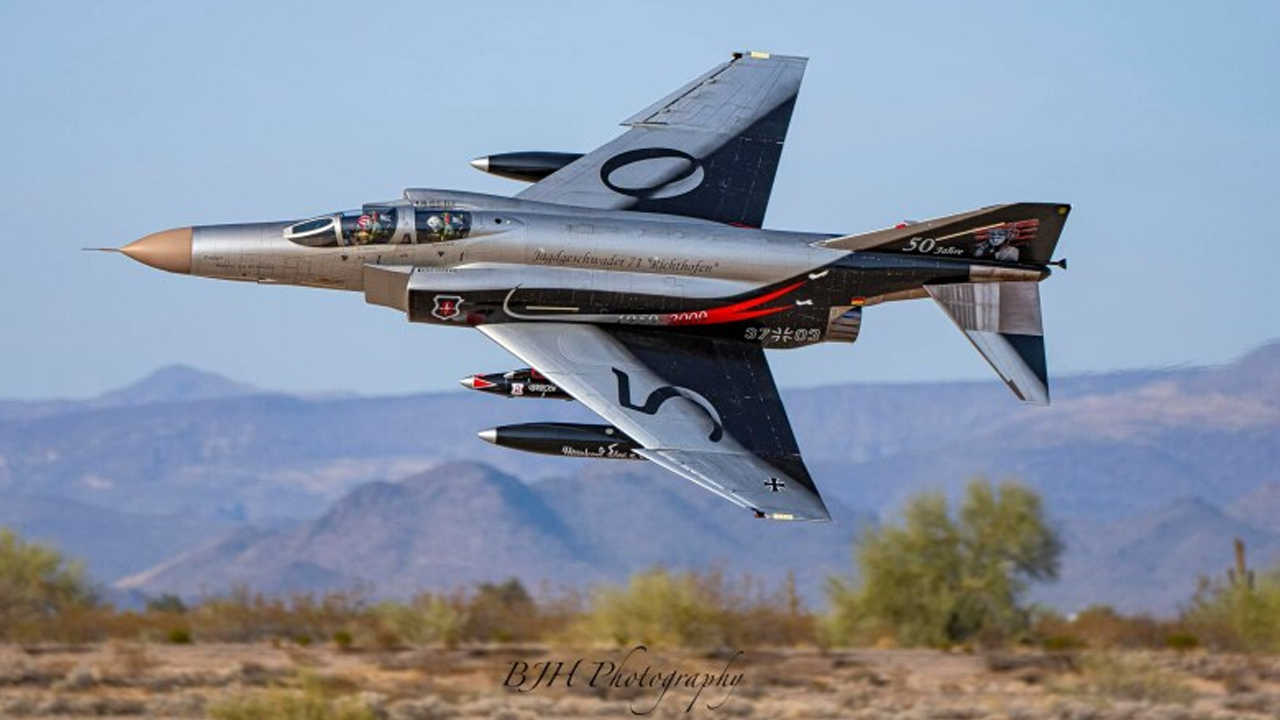The P-51 Mustang is mostly remembered as a fast, single-seat fighter that helped turn the tide in World War II. But tucked into its history is a lesser-known version—a two-seater. It wasn’t built for show or to chase headlines. It was a response to real needs during a war that demanded flexibility, speed, and efficiency in every corner of production.
Range vs. Capacity
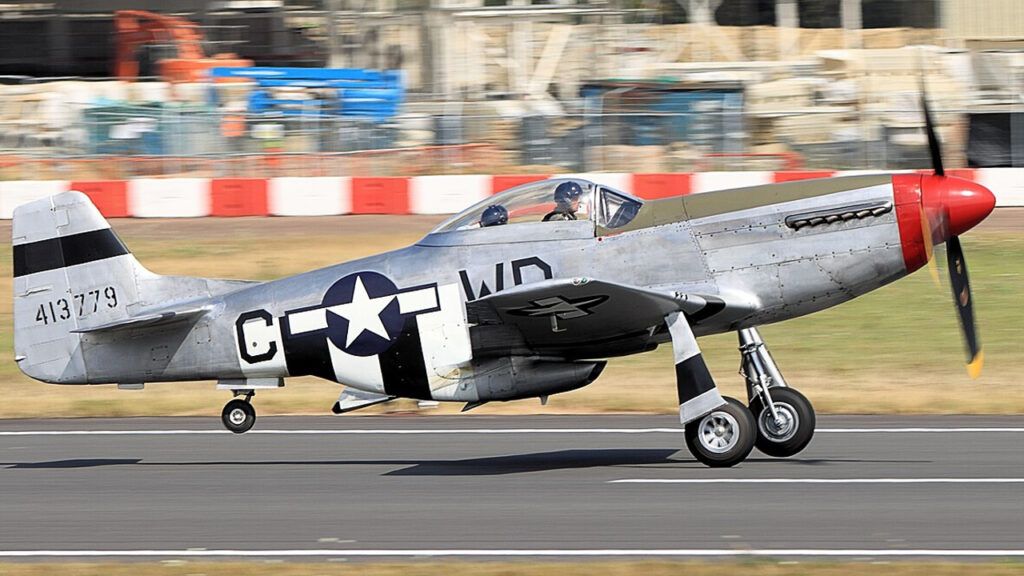
Aircraft design is a balancing act. Speed is nice, but range and capacity are what really shape a plane. The bigger the aircraft, the more it can carry—but that extra space means more fuel is needed, which adds more weight. So designers add bigger fuel tanks, which makes the plane even larger. It turns into a loop of size chasing function.
This trade-off can backfire. A great example is the Airbus A380 cargo variant. It looked capable because of its size, but once loaded with enough fuel for a decent range, it couldn’t actually carry much. It had the space, just not the efficiency. Too big to be useful in practice.
Why the Mustang Got a Second Seat
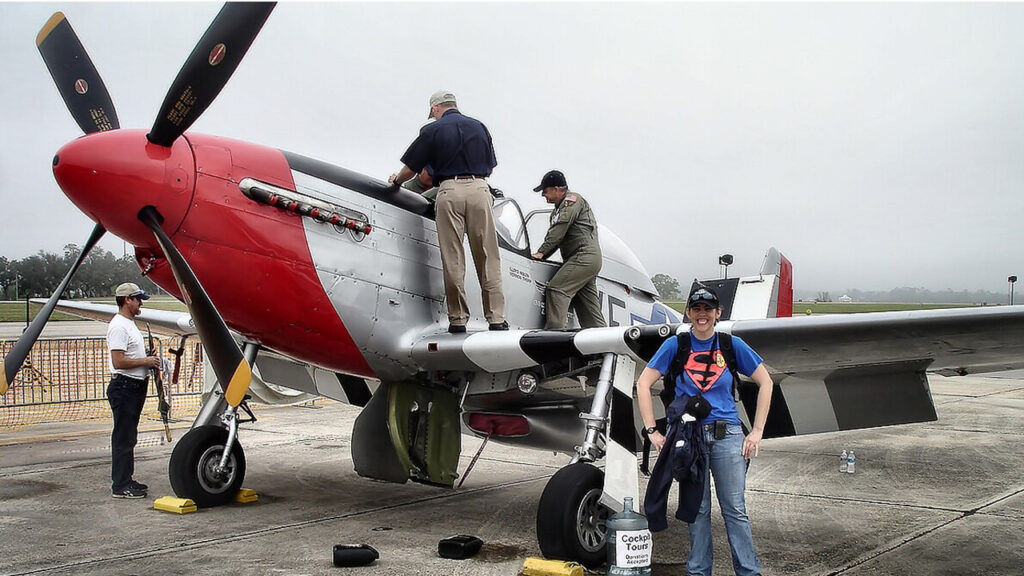
The original P-51 Mustang was a long-range fighter—fast, lean, and meant to escort bombers deep into Europe. But those long flights were brutal on a solo pilot. Adding a second seat wasn’t about luxury. It was a simple fix to a real problem: one person can only fly for so long before it starts getting dangerous.
The second seat gave the Mustang new life. It could now be used for longer flights without exhausting a single pilot, and it opened up the door for in-air instruction and handoff. Not a big change in design—but a meaningful one in how the plane was used.
Built for Training, Not Just Combat
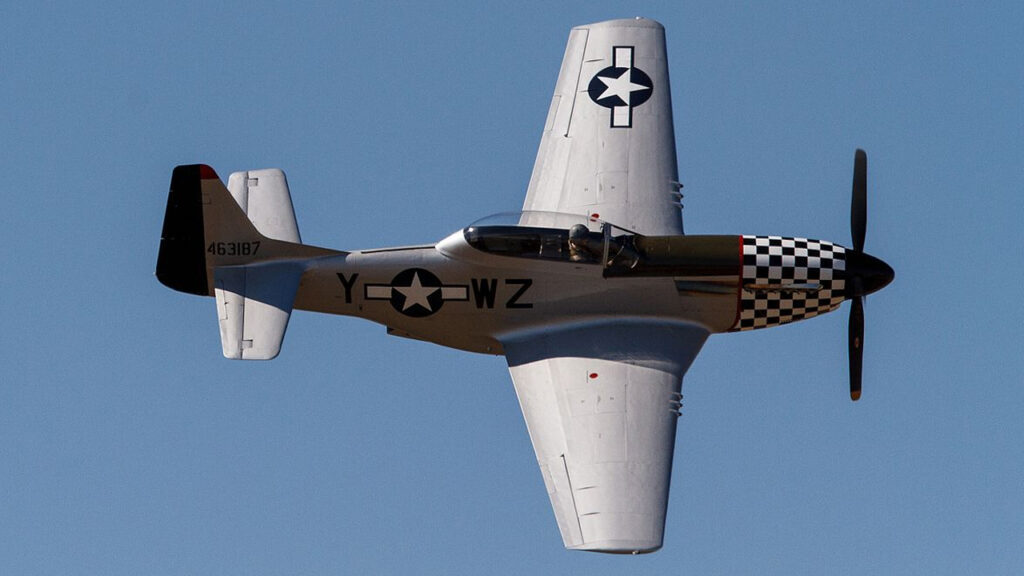
America needed pilots, fast. War doesn’t wait for experience. So they built a two-seater version of the Mustang to train new pilots. It wasn’t about combat—it was about getting someone ready for it without wasting a plane or losing a life in the process.
The design let instructors fly alongside rookies, correct mistakes on the fly, and walk them through real flight experience. It was cheaper and faster than building an entirely new trainer from scratch, and it kept production streamlined with what the military already had in the air. Source: Erenow
One Frame, More Jobs
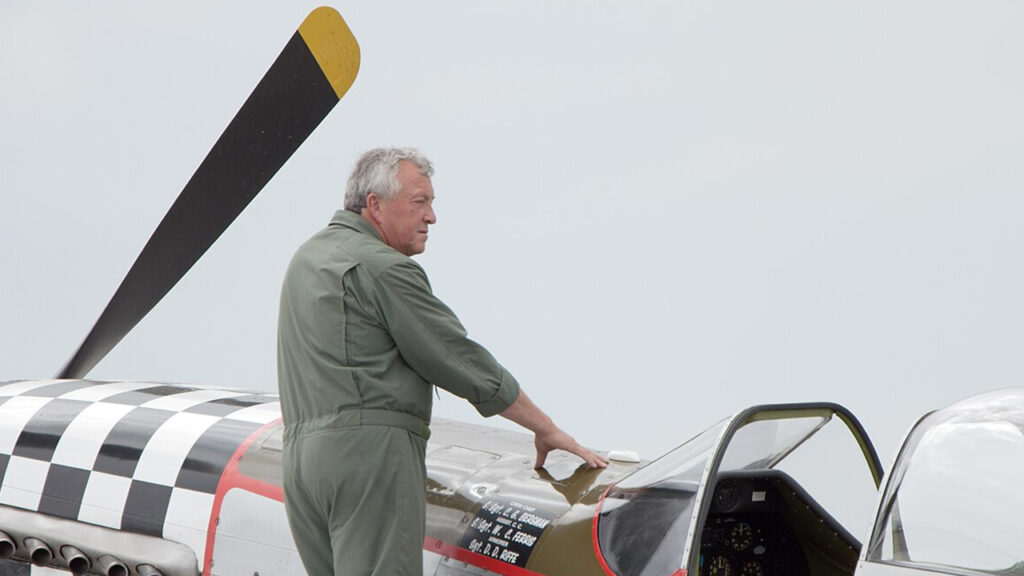
Planes are expensive. So if you can take one model and give it more jobs, that’s a win. The two-seat Mustang could train pilots, handle ferry missions, or even run communication hops between bases. It wasn’t about replacing the fighter—it was about getting more use out of the frame they already trusted.
America didn’t build the two-seater Mustang to show off. It was a practical move, built around real problems that needed real solutions. In war, function beats flash every time.

